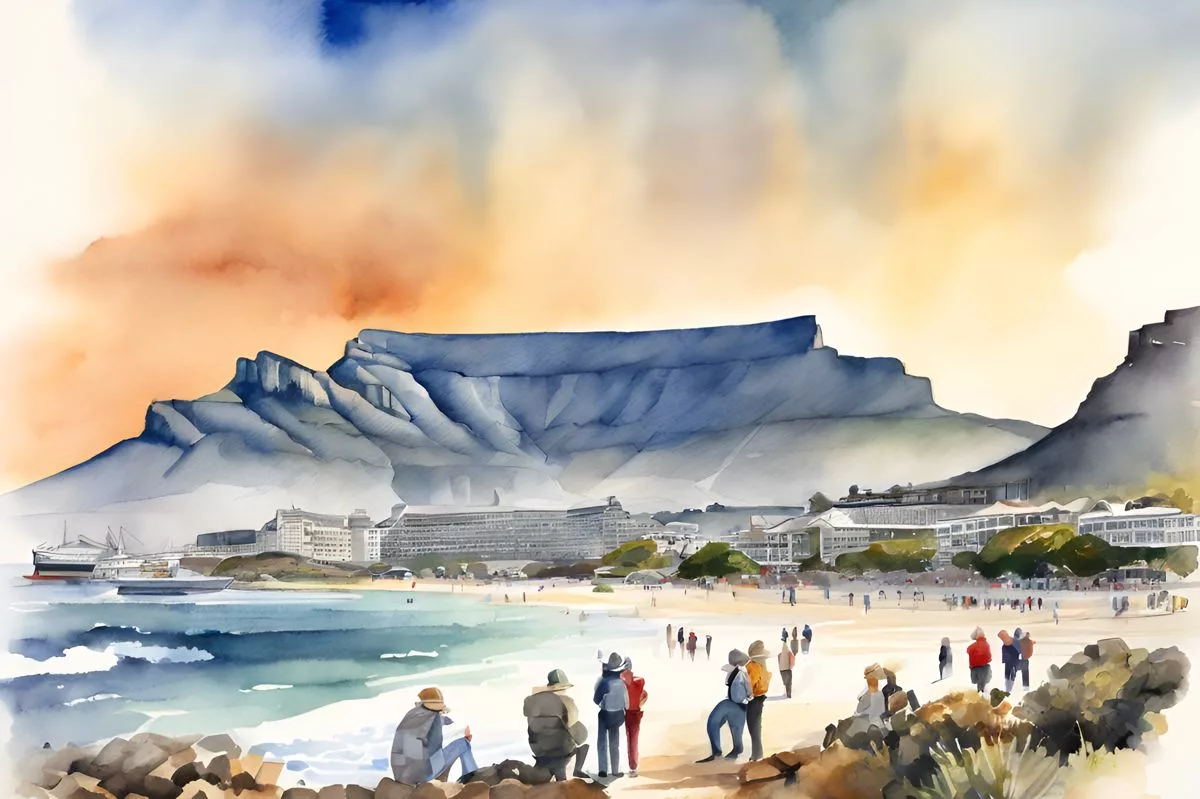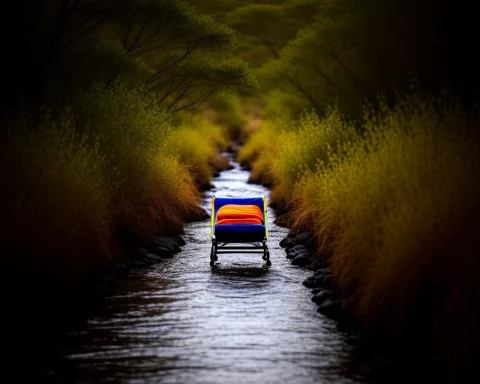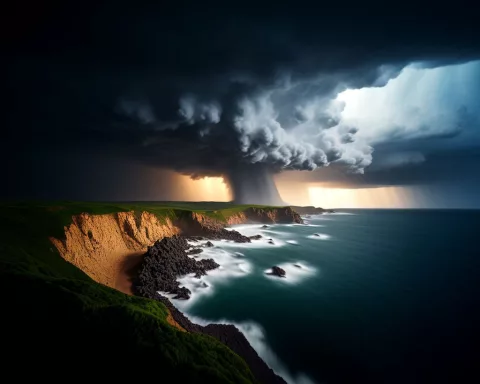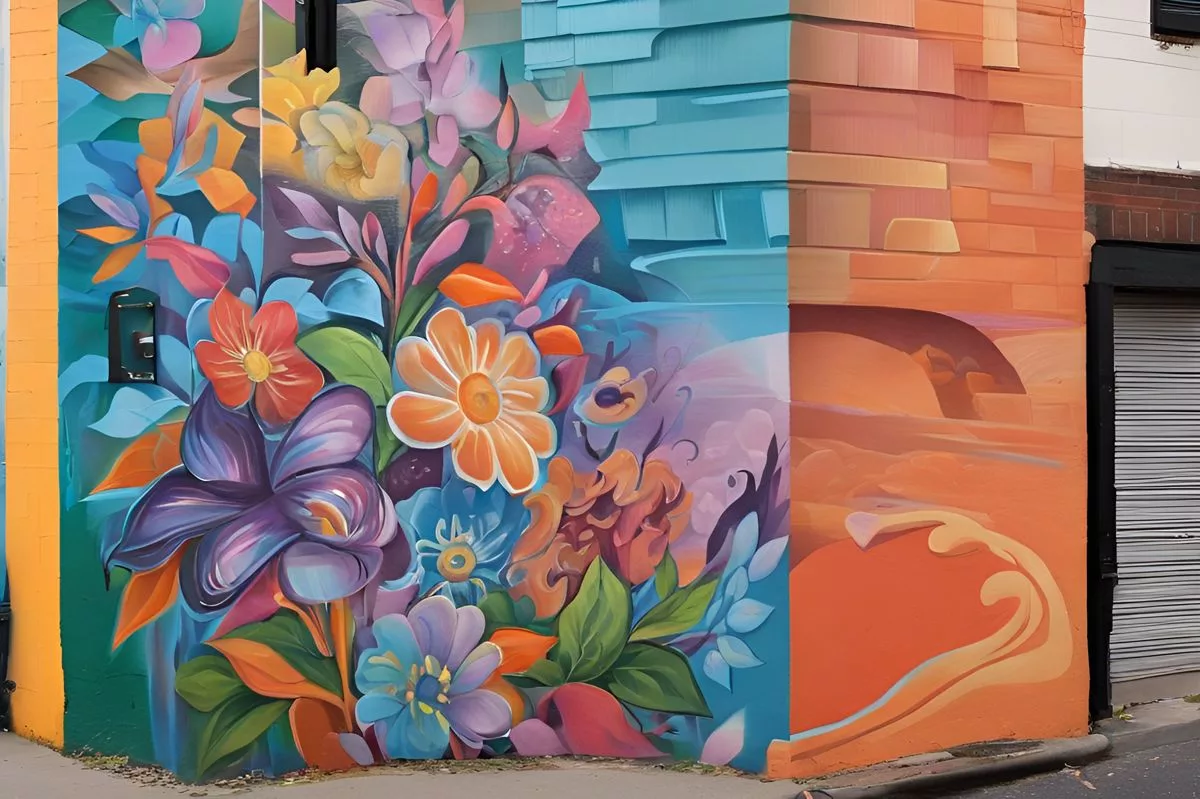The Western Cape experienced a historic surge in tourism in December, welcoming over 400,000 visitors, according to Wesgro. Cape Town, home to attractions like Table Mountain and Kirstenbosch National Botanical Garden, saw a significant increase in visitors, with Table Mountain National Park experiencing a 21.9% growth in comparison to the previous year. The spike in tourism proved to be a windfall for the province’s economy, with Cape Town International Airport breaking previous records, processing an astounding 317,000 two-way international passengers.
“A December to Remember: Western Cape Experiences Historic Tourism Surge”
How many tourists visited the Western Cape in December?
The Western Cape welcomed over 400,000 visitors in December alone, marking a milestone in the province’s history.
The Spectacular Setting: Western Cape
In December, an outstanding event occurred within the stunning landscapes of Western Cape. Known for its breathtaking mountain ranges and expansive vineyards, the province has always been a magnet for travelers from around the globe. This time, the region didn’t just receive its usual number of curious tourists but an exceptional influx that broke all previous tourism records.
The epicenter of this remarkable tourism boom was none other than Cape Town, a bustling metropolis renowned for its striking landscapes and rich heritage. The city, home to attractions such as Table Mountain and Kirstenbosch National Botanical Garden, witnessed an extraordinary increase in tourist numbers. Wesgro, the official agency in charge of promoting tourism, trade, and investment in the Western Cape, noted that the province welcomed over 400,000 visitors in December alone, marking a milestone in the province’s history.
Unprecedented Visitor Surge: The Tourist Hotspots
Among the many attractions in Cape Town, Table Mountain National Park, a majestic sight in the city’s heart, experienced a substantial increase in tourist numbers. Compared to the previous year, the park saw an incredible visitor growth of 21.9%. Similarly, Kirstenbosch National Botanical Garden welcomed 5.5% more visitors, while Robben Island, a powerful symbol of South Africa’s history, experienced a visitor increase of 2.8%.
However, it wasn’t only these renowned Cape Town landmarks that saw increased interest. Even the lesser-known attractions scattered across the Western Cape experienced a surge of visitors. Nearly 20,000 explorers discovered the unique allure of places such as the Cape Agulhas Lighthouse, Harold Porter National Botanical Garden, Arniston Hotel & Spa, !Khwa ttu, Shipwreck Museum, and Panthera Africa.
One of the tourists was heard remarking, “Cape Town’s beauty is something you experience, not something you merely see.” It seemed that many agreed with this sentiment, as evidenced by the city’s car listings reporting fantastic deals for cars under R100,000, highlighting the popularity of road trips across the picturesque landscapes.
Economic Boost: An Economic Windfall for the Province
The spike in visitor numbers proved to be a blessing for the province’s economy. Mireille Wenger, the Provincial Minister of Finance and Economic Opportunities, underlined the significance of this tourism boom in her statement. She expressed immense satisfaction, stating, “Our expectations of a record-breaking summer season have been realized. This is excellent news for our provincial economy and for the hundreds of thousands of jobs supported by tourism in the province.”
According to the report, Cape Town International Airport’s international terminal recorded a 17% year-on-year increase in December. It marked another record with 2.8 million two-way international passengers, surpassing the previous record of 2.6 million set in 2019. “Cape Town International Airport smashed all previous monthly records, processing an astounding 317,000 two-way international passengers. This is the highest monthly total of passengers in history, surpassing the previous high of 290,000 passengers processed in January 2020,” Wenger revealed.
Moreover, George Airport, another essential entryway to the Western Cape, also saw a revival in passenger numbers. The airport, serving as a crucial link to the Garden Route, recorded over 83,000 passengers in December, marking a year-on-year increase of 31%.
A Season to Celebrate: The Western Cape’s Extraordinary Summer
In conclusion, Western Cape’s summer season was a marvel, a tribute to the province’s splendid beauty, rich heritage, and dynamic culture. This record-breaking season holds the promise of continued growth and prosperity in the tourism sector, ensuring that the Western Cape remains an irresistible lure for global explorers. Here’s to setting many more records and the subsequent growth in the tourism sector.
-
How did the Western Cape tourism industry perform in December?
The Western Cape experienced a historic surge in tourism in December, welcoming over 400,000 visitors. -
Which city in the Western Cape saw the most increase in tourist numbers?
Cape Town, home to attractions like Table Mountain and Kirstenbosch National Botanical Garden, saw a significant increase in visitors. -
Which attraction in Cape Town experienced a 21.9% growth in visitors compared to the previous year?
Table Mountain National Park experienced a 21.9% growth in comparison to the previous year. -
Did other tourist attractions in the Western Cape also see increased visitors?
Yes, even the lesser-known attractions scattered across the Western Cape experienced a surge of visitors, such as Cape Agulhas Lighthouse, Harold Porter National Botanical Garden, Arniston Hotel & Spa, !Khwa ttu, Shipwreck Museum, and Panthera Africa. -
How did the tourism surge impact the province’s economy?
The spike in visitor numbers proved to be a blessing for the province’s economy, with Cape Town International Airport breaking previous records, processing an astounding 317,000 two-way international passengers. -
What did the Provincial Minister of Finance and Economic Opportunities say about the tourism boom in the Western Cape?
Mireille Wenger expressed immense satisfaction, stating, “Our expectations of a record-breaking summer season have been realized. This is excellent news for our provincial economy and for the hundreds of thousands of jobs supported by tourism in the province.”












